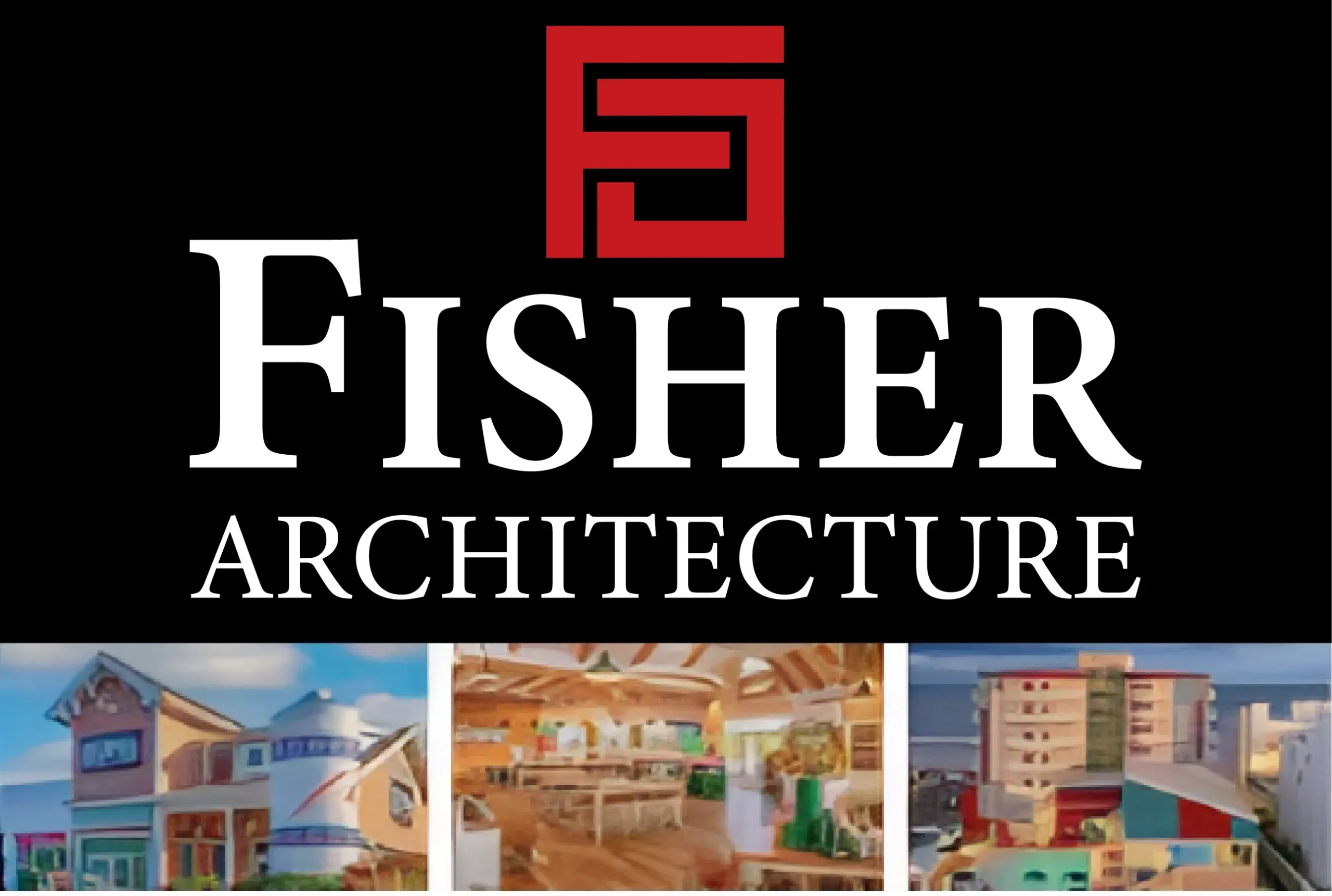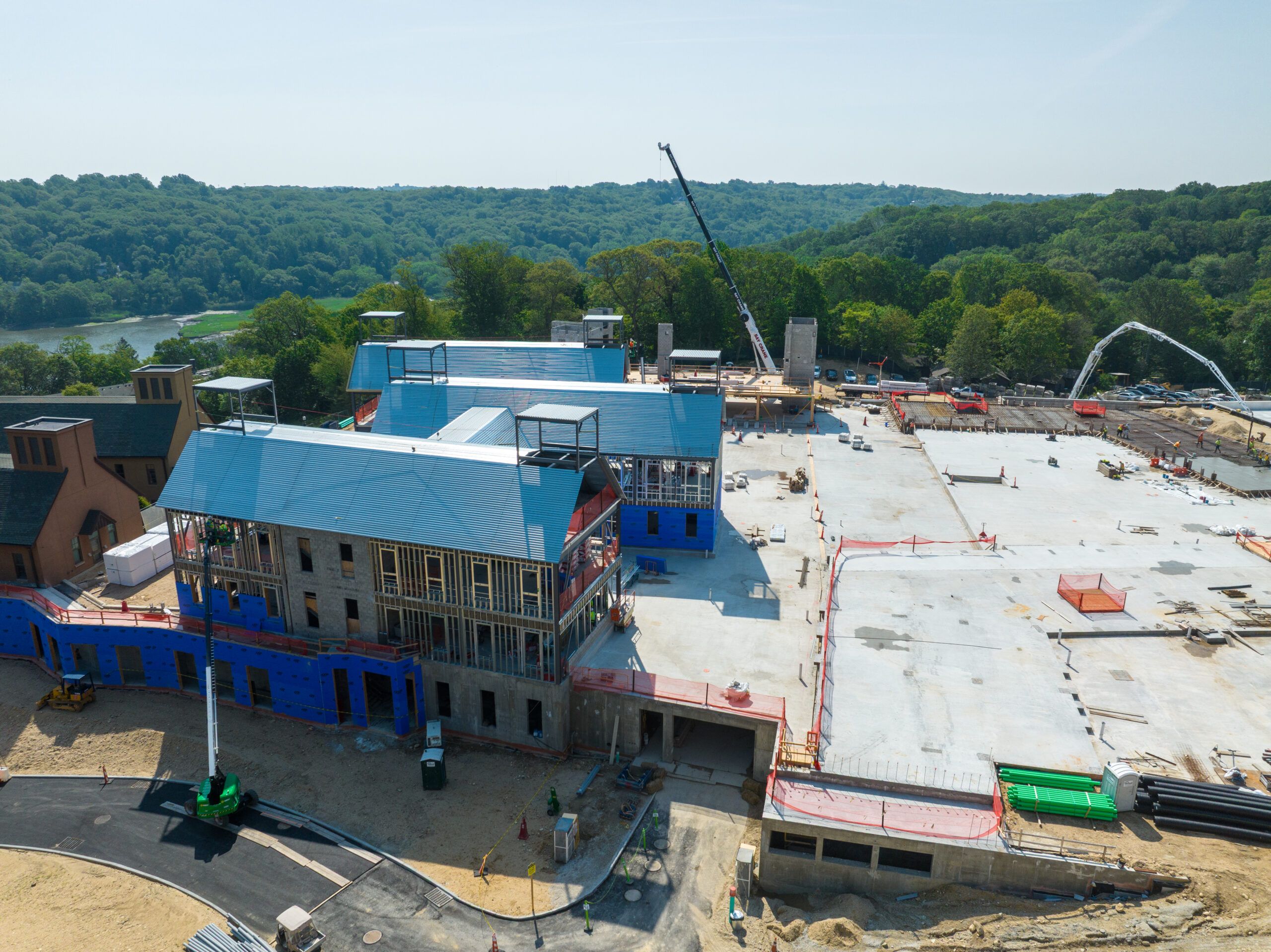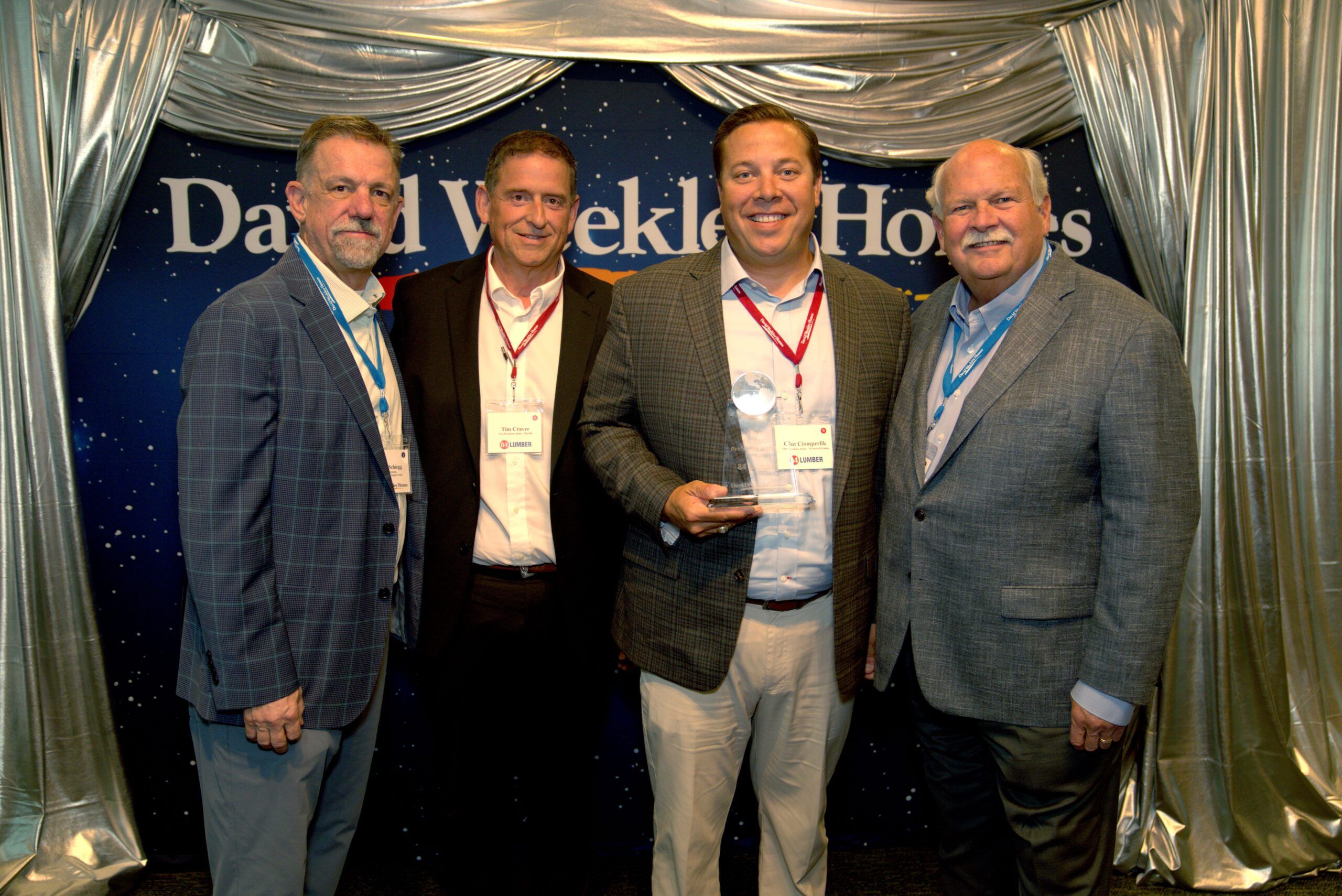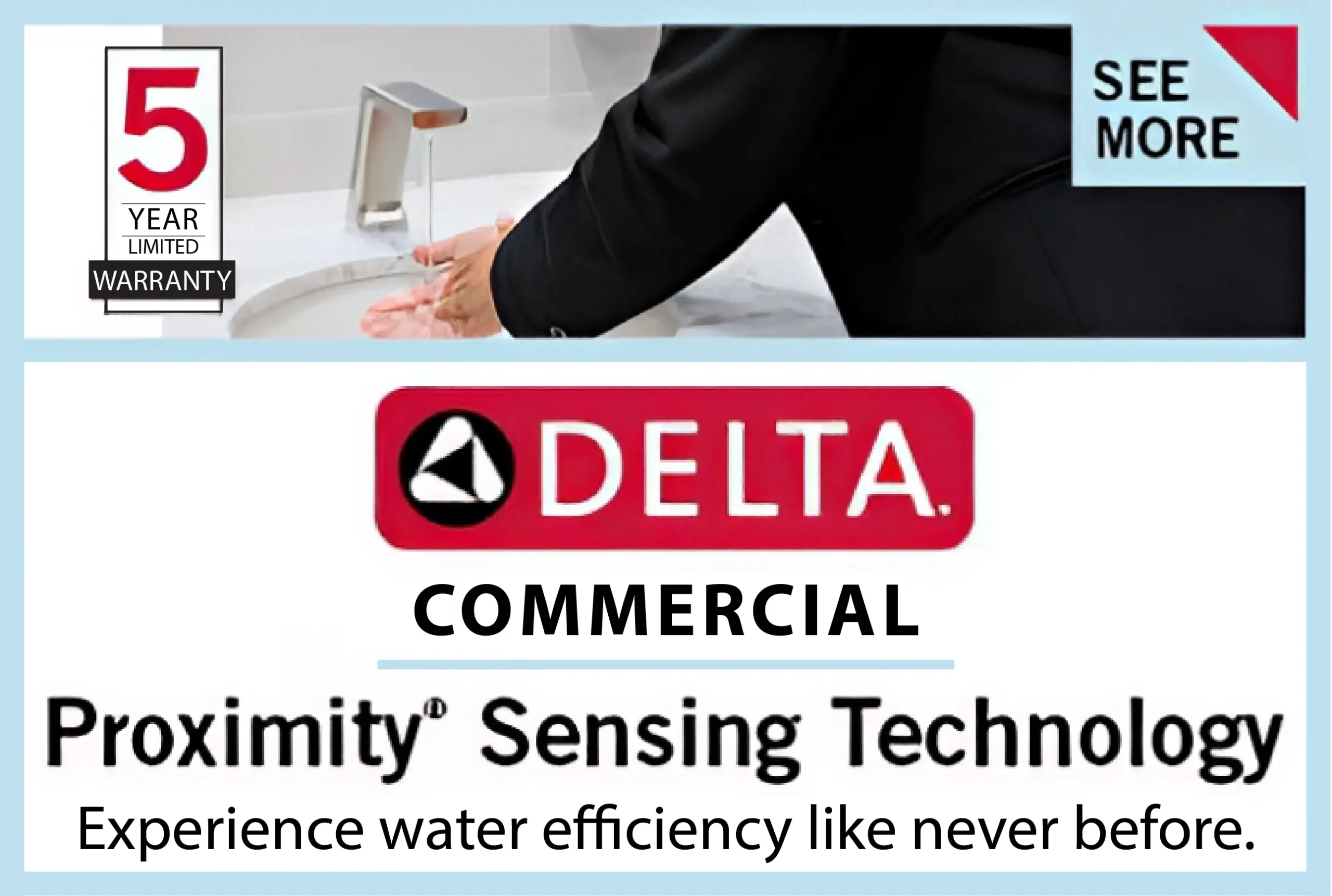The shift to hybrid work models has transformed how businesses approach their physical spaces. As more companies adopt flexible arrangements, commercial real estate developers face unique challenges—and exciting opportunities—in reimagining how offices and other workspaces are designed and utilized. To thrive in this new reality, developers must adapt to evolving needs, blending innovative design, technology, and functionality to meet the demands of a hybrid workforce.
The Rise of Hybrid Work: A New Paradigm
Hybrid work is no longer a temporary solution; it has become a fundamental aspect of modern business operations. Employees now split their time between remote and in-office work, with many prioritizing flexibility as a key benefit. This change has drastically reduced the demand for traditional office setups while increasing the need for dynamic, adaptable spaces that can cater to varying purposes.
For developers, this shift means reevaluating the role of commercial properties. No longer can offices be static environments filled with rows of desks. Instead, they must be multi-functional, promoting collaboration, wellness, and productivity while accommodating fluctuating occupancy levels. As Nitin Bhatnagar, Dubai, notes, understanding how people work today is critical for designing spaces that are both functional and appealing in a hybrid world.
Challenges in Adapting to Hybrid Work
Declining Demand for Traditional Office Spaces
The move toward remote work has significantly reduced the demand for conventional office buildings. Many companies have downsized their real estate footprints or adopted coworking arrangements to save costs and offer employees greater flexibility. This has left developers and landlords grappling with higher vacancy rates and shrinking revenue streams.
Balancing Flexibility and Purpose
Another challenge lies in designing spaces that meet the needs of a diverse workforce. Hybrid work means employees may use office spaces differently—some for focused tasks, others for collaboration or meetings. Striking the right balance between individual workspaces, shared areas, and collaborative zones can be tricky, especially when trying to predict long-term usage patterns.
Rising Costs and Technology Integration
Developing hybrid-friendly spaces often requires significant investment in technology, infrastructure, and innovative design. Smart building systems, flexible layouts, and high-speed connectivity are no longer optional—they’re expected by tenants and businesses. These upgrades can strain budgets, especially for developers managing older properties.
Opportunities for Developers in a Hybrid Work Environment
Despite the challenges, the hybrid work revolution has created numerous opportunities for developers willing to think creatively and embrace innovation.
Designing Multi-Use Spaces
The demand for multi-purpose spaces has opened the door for developers to create versatile environments. Offices can now include quiet zones, team collaboration areas, and wellness spaces, providing a mix of settings for different workstyles. The integration of amenities like fitness centers, green rooftops, and open-air lounges adds value, attracting tenants looking for more than just a place to work.
Revitalizing Urban Centers
Hybrid work models often bring employees into the office on specific days or for particular activities, leading to new demands in urban centers. Developers can focus on creating mixed-use developments that blend office spaces with retail, dining, and entertainment options. This approach revitalizes cities and ensures properties remain relevant in a competitive market.
Embracing Sustainability
Sustainability has become a key focus for businesses and developers alike. By integrating energy-efficient systems, sustainable materials, and green certifications into their projects, developers can appeal to environmentally conscious tenants while reducing operational costs. Buildings that prioritize sustainability are also more likely to retain their value over time.
Leveraging Technology
Smart technology is at the heart of modern commercial spaces. From touchless entry systems to IoT-enabled lighting and HVAC systems, technology makes hybrid workplaces safer, more efficient, and more appealing. Developers who prioritize tech-enabled solutions can position their properties as forward-thinking and tenant-friendly.
The Importance of Collaboration Between Stakeholders
Developers must work closely with businesses, architects, and urban planners to fully understand the needs of hybrid workforces. Regular communication ensures that spaces are designed with both form and function in mind, addressing the practical concerns of businesses while appealing to employees’ desire for flexibility and comfort.
As Nitin Bhatnagar highlights, collaboration across industries is key to driving innovation in commercial real estate. By aligning with the goals of tenants and communities, developers can create spaces that meet evolving demands while fostering long-term partnerships.
Looking Ahead: The Future of Commercial Spaces
The hybrid work revolution is still unfolding, and developers must remain agile in their approach. Continuous research and adaptation will be crucial as new trends and technologies emerge. Some potential future developments include:
- Adaptive Spaces: Offices equipped with modular furniture and movable walls to accommodate changing layouts.
- Health-Focused Design: Enhanced air filtration, natural lighting, and wellness amenities to support employee well-being.
- Digital Collaboration Hubs: Spaces designed to seamlessly integrate remote and in-office collaboration through cutting-edge technology.
Ultimately, the future of commercial real estate lies in creating spaces that go beyond functionality, offering experiences that attract and retain tenants while meeting the demands of a rapidly changing world.
Conclusion
The hybrid work era presents both challenges and opportunities for commercial real estate developers. By embracing flexibility, sustainability, and technology, developers can adapt to these changes and position themselves for long-term success. It’s not just about building offices—it’s about crafting environments that foster collaboration, productivity, and well-being in a world where work has no boundaries.
As businesses continue to redefine their workspace needs, the developers who innovate and adapt will lead the way in shaping the future of commercial real estate.











